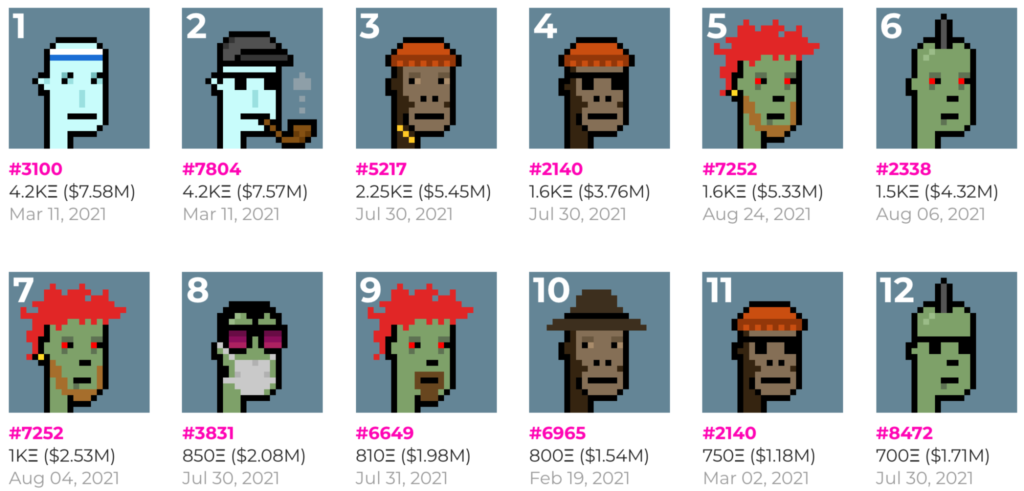As of January 2025, the United States controls 36% of the global Bitcoin mining hashrate, according to Luxor’s latest estimates.
Leading the charge is Texas, which alone accounts for 17% of global mining activity, making it the top Bitcoin mining hub in the U.S.
Miners are attracted to Texas’s cheap energy, vast resources, and crypto-friendly regulations. However, extreme weather events continue to pose a serious risk to mining operations.
Texas Miners Forced Offline by Winter Storm
On January 26, 2025, freezing temperatures across Texas forced Bitcoin miners to reduce operations or shut down entirely, leading to the first mining difficulty drop in four months.
The Bitcoin network automatically adjusts mining difficulty based on the available computing power:
- More miners = Higher difficulty
- Fewer miners = Lower difficulty
With many Texas-based miners going offline, Bitcoin’s network adjusted difficulty downward to maintain an average block time of 10 minutes.
A Double-Edged Sword for Miners
For Bitcoin miners, this presents both opportunities and challenges:
✅ Lower difficulty makes mining easier, increasing potential profits.
❌ Severe weather disruptions force operations to halt, leading to financial losses.
Texas has a history of power grid failures, with recent storms highlighting the sector’s vulnerability. Since Texas is responsible for nearly 1/5 of the world’s Bitcoin hashrate, any major power outage could have global effects.
This reinforces the need to diversify mining operations across multiple regions to reduce risks.
The Future of Bitcoin Mining in Texas
Despite climate challenges, Texas remains an attractive hub for Bitcoin miners. Some companies are adopting new strategies to counteract energy fluctuations caused by storms:
- Immersion cooling technology keeps mining rigs stable despite extreme temperatures.
- Renewable energy sources, such as solar and wind, reduce dependence on the state’s power grid.
Sustainable Bitcoin Mining: Petrobras Case Study
Beyond Texas, other industries are exploring sustainable Bitcoin mining solutions.
Brazilian energy giant Petrobras is using flared gas from oil extraction to mine Bitcoin—turning wasted energy into productive use.
Additionally, Petrobras is integrating blockchain technology to reduce carbon emissions and improve energy efficiency.
This model demonstrates how Bitcoin mining can align with environmental sustainability, offering a potential blueprint for the industry’s future.
While the U.S. remains the dominant force in Bitcoin mining, events in Texas highlight the risks of concentrating too much hashrate in one region.
- Decentralization of mining is crucial for network security.
- Renewable energy and cooling tech can mitigate extreme weather impacts.
- Industry leaders like Petrobras are pioneering greener mining methods.
As Bitcoin adoption continues to grow, the future of mining will depend on how well the industry adapts to both climate risks and sustainability challenges.


